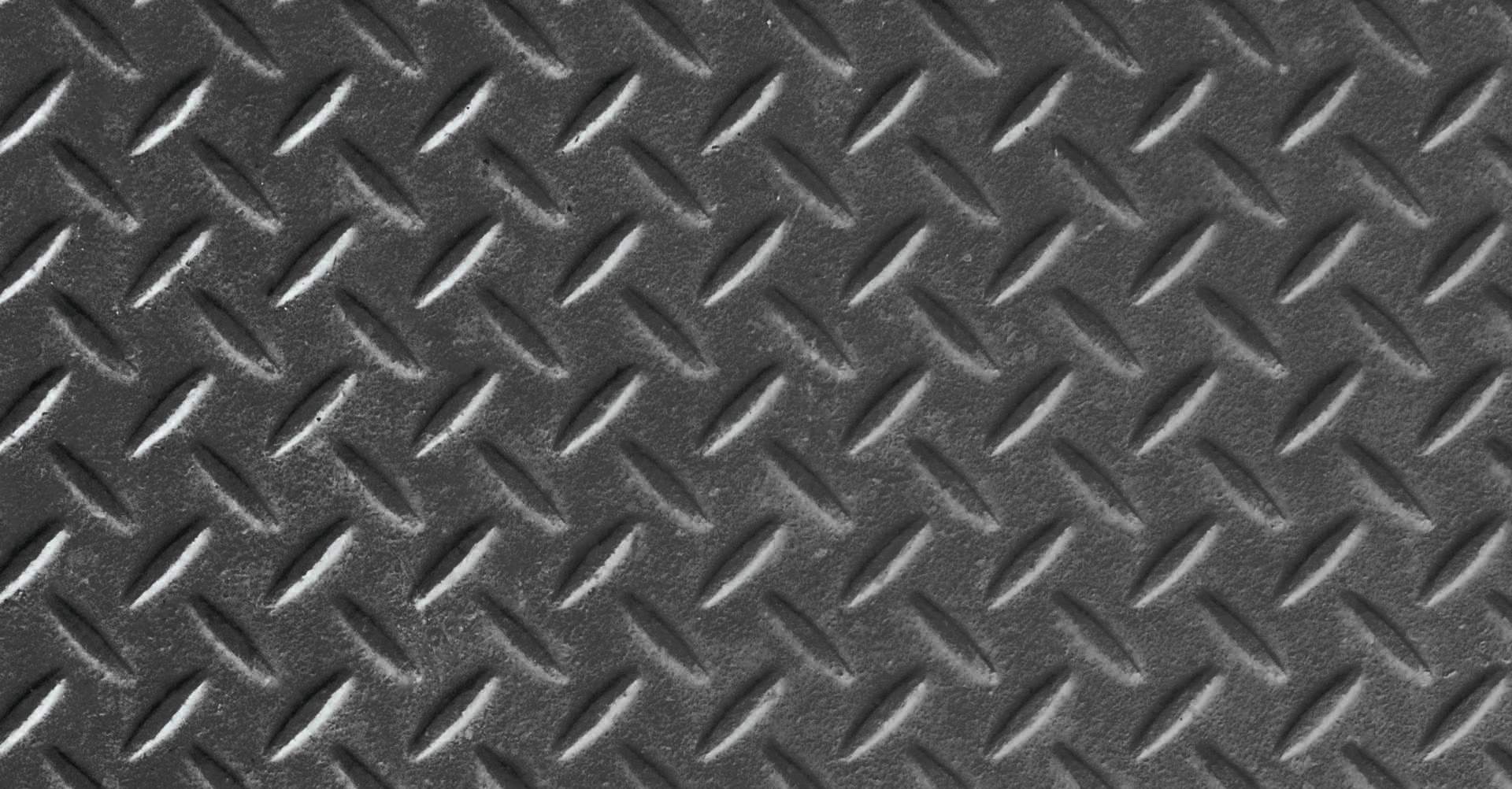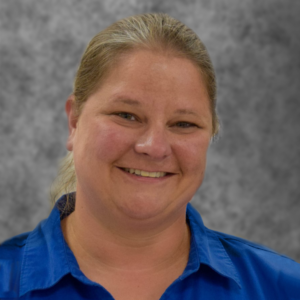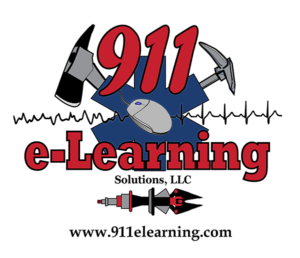Physical fitness is not just important for maintaining a healthy lifestyle. In EMS, it is…

The Only Good Turnovers are Pastries
Home » 911 e-Learning News » The Only Good Turnovers are Pastries

I am a huge sports fan. I especially love college football. My husband and I host neighborhood football parties during the fall. We set up a television on the back patio, load the smoker down with vegan-repellant substances, and fill the crockpots with stews and dips. When you’re cheering on your favorite team, one of the most stressful times is when the game is on the line, the quarterback drops into the pocket, keeps his eyes downfield, and you see him extend for an amazing pass deep into red zone territory. You are on the edge of your seat and imagining the receiver catching this beautiful spiraling pass and charging into the endzone for the game-winning touchdown, only to have all your hopes and anticipation crushed when a defensive player intercepts that beautiful pass thereby eliminating your hopes of seeing your team in a bowl game or championship playoff. The dreaded turnover has happened. Your team worked so hard to clinch a bowl game all season. They put up a heck of a fight in this final game. Things were going great until they weren’t. Now what? As fans, you’re disappointed for a bit. Your friends who were cheering for the rival team will have bragging rights for a couple of days.
However, life goes on and the next season will be back soon.
Turnovers in football are indeed stressful to those who have a vested interest in the outcome of the game. However, life overall is not dramatically impacted. When considering the field of EMS education, the impacts of instructor and program director turnover have far deeper implications. EMS program directors are faced with unique challenges associated with operating a successful education program. Not only do program directors have to meet the initial qualifications to take the job, but they must also fully understand, and comply with, each of the following:
• Local EMS agency needs
• Medical Director requirements
• Advisory Board recommendations
• Curriculum and workforce development needs and requirements
• Program advising
• Expectations of the educational institution (Dean, VP, President, etc)
• Knowledge of the educational institution’s internal operations
• Understanding of the state educational system’s office
• Full compliance with the State Office of EMS’s regulations and requirements
• Knowledge of the National Education Standards
(But wait, there’s more……)
• Ensure that the program is undeniably compliant with the recommendations and
guidelines set forth by the Committee on Accreditation for the EMS Professions
(CoAEMSP) which will hopefully lead to, or maintain, CAAHEP program accreditation
• Monitor student compliance with meeting the required Student Minimum Competencies
for lab and clinical skills (don’t forget, the 2023 SMC matrix is mandatory and effective
January 1, 2023)
• Site visits, exam validation, and annual reports—oh my!
I just developed cramps in my fingers and carpal tunnel from typing all that out. Even with all those examples listed, there are many more facets to being a successful EMS program director. What is not listed above are the soft skills, interpersonal relationships, effective teaching strategies, program development, and student support skills necessary to hold the foundation of the program. Let’s not neglect the impacts that a career in EMS can have on the mental health and emotional well-being of the program director. Many EMS providers develop some level of depression, anxiety, hypervigilance, and possibly PTSD because of the EMS profession. In short, you’d have to be short a few brain cells to even want to consider running an EMS education program. And yet, some of us are indeed missing those brain cells and have a deep desire and passion to train the future providers of our beloved profession.
Speaking purely on knowledge of my state, annual program director turnover rates are concerning. Many leave the education sector because of the difficulties faced with obtaining funding for equipment, getting administrative support for program needs, and feeling as if EMS training is not as important as other allied health programs. Finding a candidate who fits the mold established by regulatory and accreditation bodies is no easy task. Retention of qualified and passionate faculty can also be difficult. Much like in football, so much time and energy is spent building a solid program foundation, establishing trust with stakeholders, and getting students excited about their experience. It truly is devastating when all of those efforts, hopes, and dreams are suddenly ripped away because the program director’s defensive mechanisms intercept their enthusiasm and they leave the profession to pursue new goals. Hence, the daunting task of rebuilding begins….again. In football and EMS education, turnover is devastating, exhausting, and preventable. It is very difficult to rebuild a program once the foundation cracks. The only good turnovers are pastries. What can we collectively do to reduce them in EMS education?
Christine Turner, M.Ed., NRP

Christine Turner began her EMS career in 1999 as a volunteer medical responder with her local fire department and began teaching CPR classes in 2001. By 2005, she had completed paramedic training and served several years with a county EMS agency as an FTO and Shift Captain. In 2010, she transitioned to teaching full-time at a community college. She is a Level II paramedic instructor with extensive experience with teaching seated, hybrid, and online classes as well as advising strategies for degree-seeking and transfer students. She has served as a program director and has been through accreditation processes with two community colleges.
She has completed a Bachelor of Science degree in Emergency Medical Care from Western Carolina University (Go Cats!), a Master of Education in Higher Education Leadership from Liberty University (Go Flames!), as well as a variety of NCCCS teaching and leadership training.
Christine remains an active lead paramedic instructor and program director. She enjoys collaboration, problem-solving, and developing plans for world domination. Her favorite past times are spending quality time with her family, dogs, and friends.
Related Posts
- Physical Fitness within EMS
- Compassion Fatigue
Compassion fatigue is a common struggle among many professionals within the medical field. Check out…
- Say What?
Are you the one that tends to say "yes" more often than not, and then…
